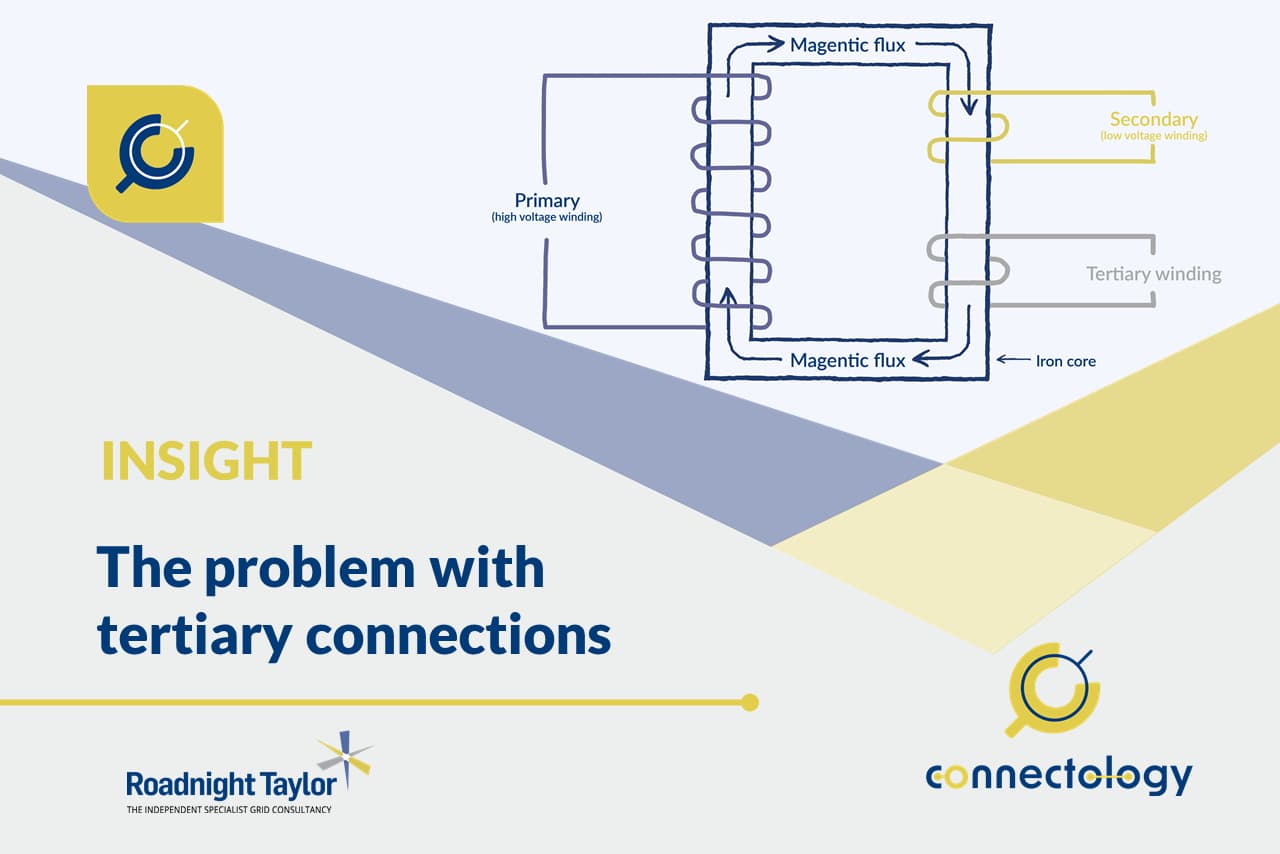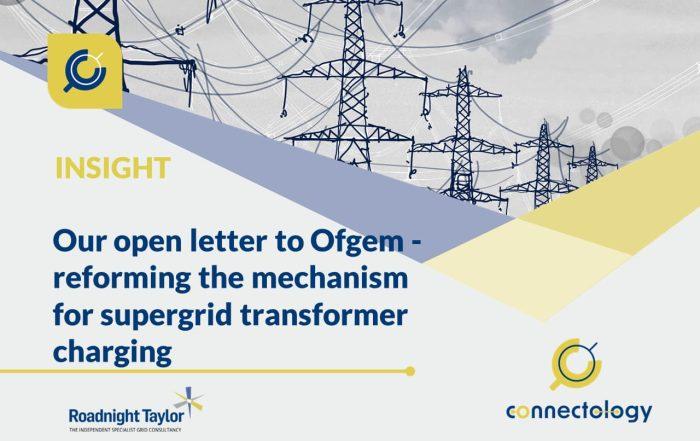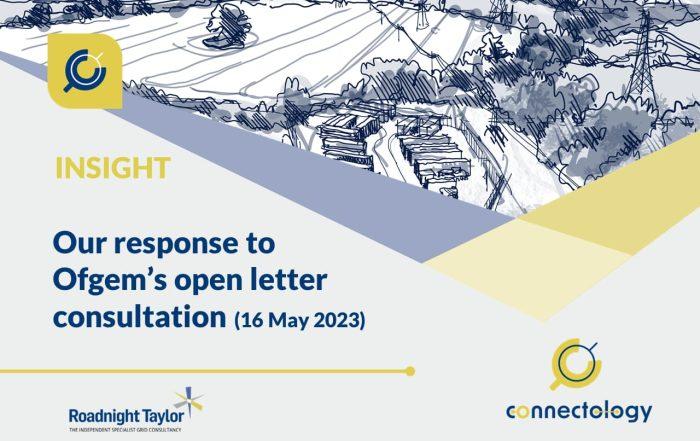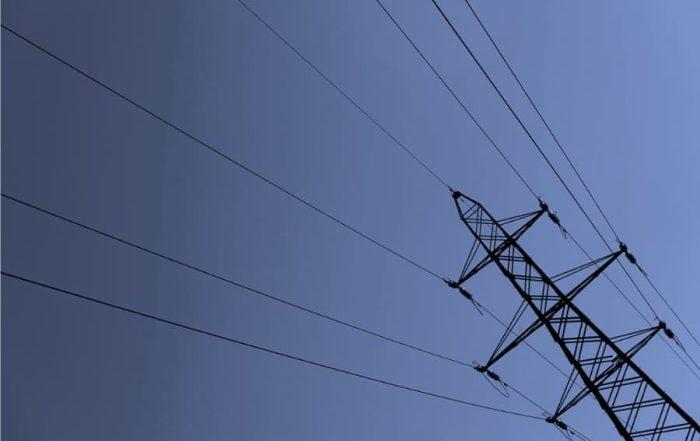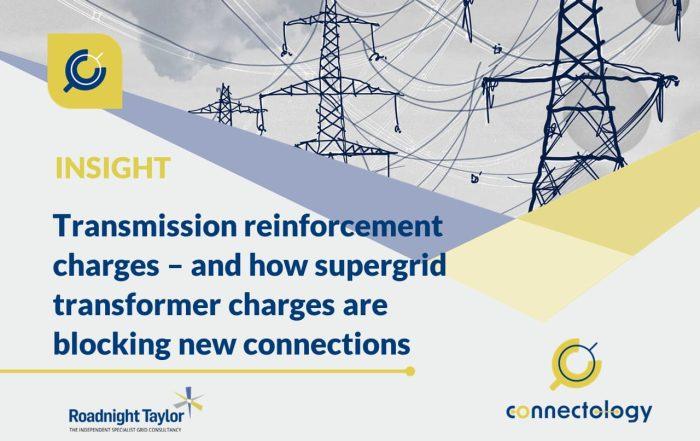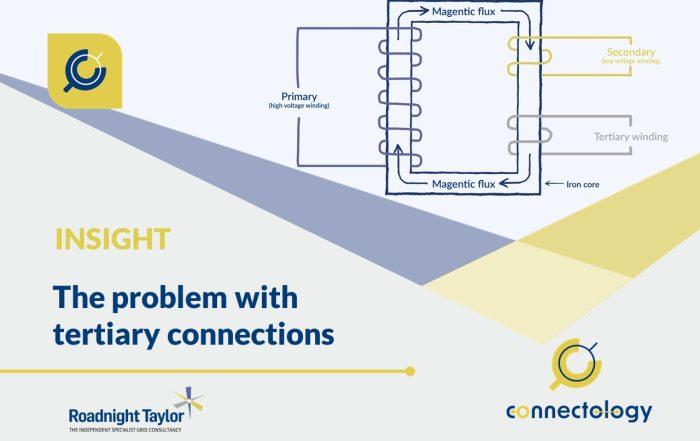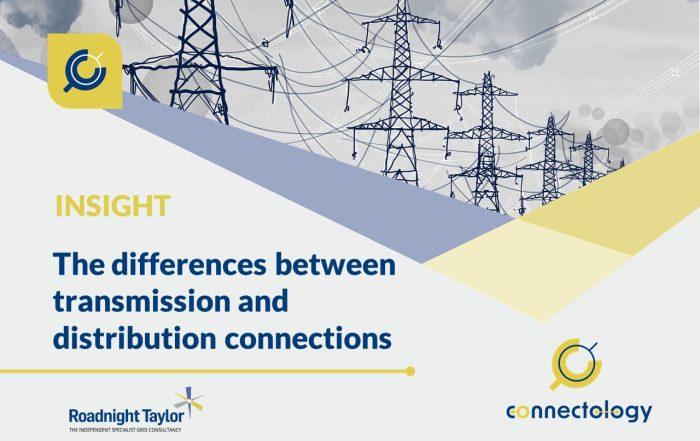The problem with tertiary connections
Whilst the National Energy System Operator (NESO) will have issued a large number of tertiary connection offers and many will have been accepted, these connections can come with many issues. We detail some of these issues below.
Article by Pete Aston – acknowledged expert in networks
Pete joined Roadnight Taylor from Western Power Distribution, the UK’s largest DNO, where he was Primary System Design Manager. He led a team of sixty responsible for all connections and reinforcement of the extra high voltage network and oversight of the roll out of active network management across all four of WPD’s licence areas.
1st April, 2022

Whilst NESO have issued a large number of tertiary connection offers and many will have been accepted, these connections can come with many issues.
The issues include the following.
Cost of connections
The cost of a tertiary connection itself is considerable, coming in at around £3.5m, but it is likely to be financially acceptable for a 60MVA connection, provided that the site is not too far from the Grid Supply Point (GSP).
Connection constraints
This is one of the biggest issues that may come with a tertiary connection. On the most basic level, every time the super-grid transformer (SGT) to which a site is connected is switched out, the site will lose its electricity supply. SGTs will typically be switched out for 3-4 weeks every 3 years for maintenance, which is quite a long down time. Furthermore, if the SGT was to develop a fault, then it could conceivably be over a year before it is replaced. During these times, the generation or storage plant will not be able to operate.
There may be other constraints as well, such as intertrips for various transmission circuit outages, which could cause more downtime than up-time!
Code considerations
A tertiary winding connection is a transmission connection, and as such it will need to be a Balancing Mechanism unit, sign up to the Balancing and Settlement Code (BSC), and pay Transmission Network Use of System (TNUOS) charges. Connections to Distribution Network Operator (DNO) networks don’t have to do this – although they can opt to do so.
Timescales
Connection timescales could potentially be an issue, as an SGT outage is required to connect to the tertiary winding. This might be 24-36 months from accepting an offer. Whilst this is fast for a transmission connection, compared to some distribution connections, it is quite slow.
Ownership
Ownership of the new assets is also an important consideration, as NESO has indicated that they will keep ownership of the 13/33kV step-up transformer. This means that the transformer will have to be to NESO specification and as such may be a higher cost than a transformer specified by a developer.
Third party works
Although a tertiary winding connection is between a customer and NESO, the connection could potentially impact on the distribution network. The connection offer from NESO will almost certainly contain a third party works clause, which means that the customer will have to contact the DNO for an assessment of third party works. The customer will enter the DNO ‘queue’ and may have to contribute to reinforcement works, such as switchgear changes for fault level, or circuit reinforcement where there are parallel running networks.
Voltage regulation
The operator of the SGTs (NESO) might face problems with voltage regulation across the transformer, especially for any tertiary connections wanting to export lots of reactive power (such as synchronous condensers).
DNO impacts
These tertiary connections also impact on the DNOs which are fed from the SGTs, as the tertiary connections can reduce the capacity of the SGTs available to the DNOs. There are several ongoing conversations between DNOs on various technical and commercial issues with tertiary connections.

